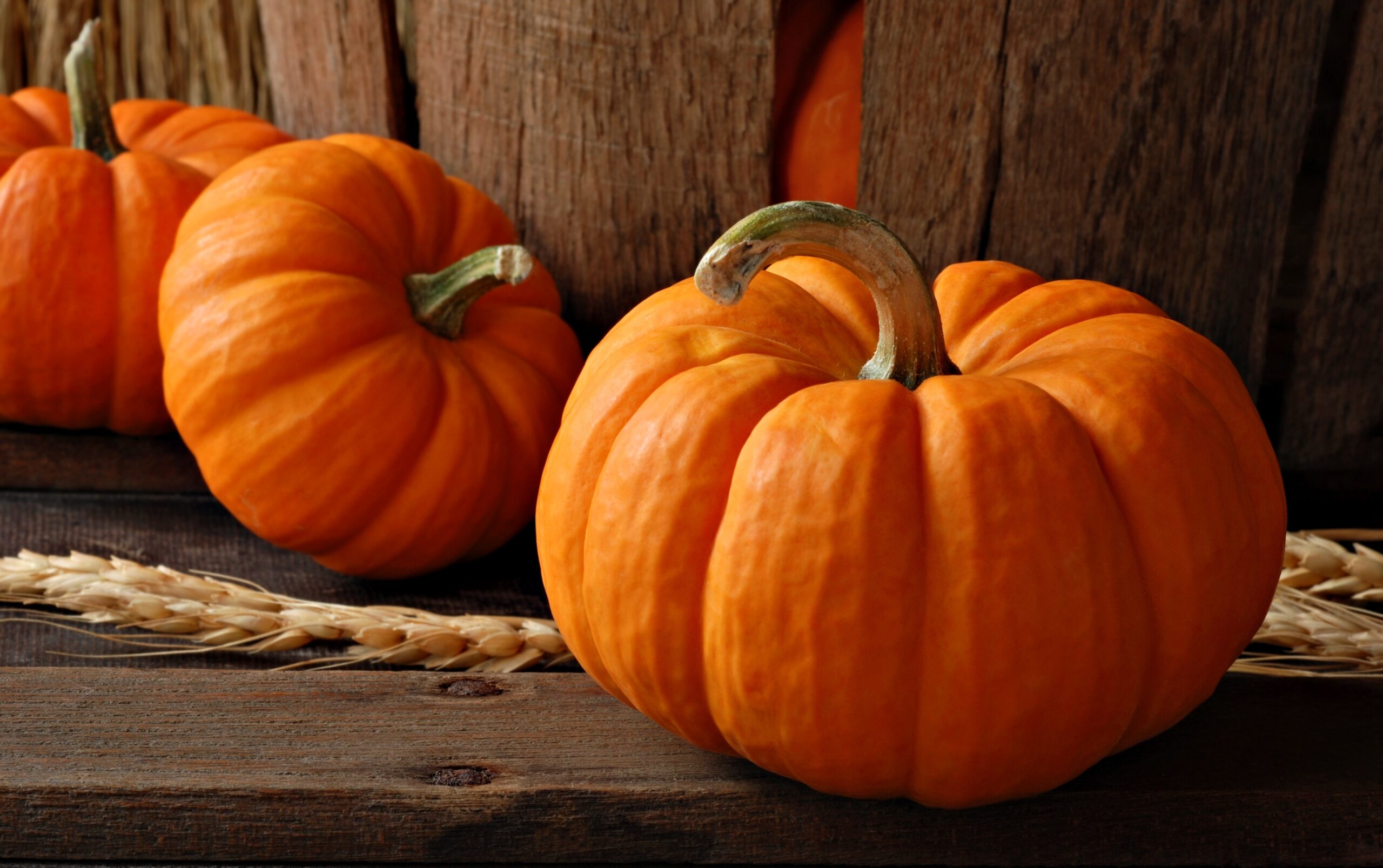Is Pumpkin Good for Diabetics?
Pumpkin, with its rich, earthy flavor and dense, nutrient-packed flesh, has long been a staple in diets around the world. Its versatility in culinary applications ranges from savory dishes to sweet desserts, making it a favorite among many. For individuals managing diabetes, the quest for foods that fit into a health-conscious diet is ongoing. Pumpkin, as it turns out, might just be one of those beneficial additions, thanks to its nutritional profile and low glycemic index. In this comprehensive guide, we will explore the benefits of pumpkin for diabetics, how to incorporate it into a diabetes-friendly diet, and address some common questions related to its consumption.
Understanding Diabetes and Dietary Needs
Diabetes is a chronic condition characterized by elevated levels of blood sugar (glucose), which over time can lead to serious health complications. Type 1 diabetes is an autoimmune condition where the body does not produce insulin, a hormone needed to transport glucose into cells for energy. Type 2 diabetes, which is more common, results from the body’s inability to use insulin effectively. Managing blood sugar levels is crucial for individuals with diabetes, and diet plays a significant role in this process.
Nutritional Profile of Pumpkin
Pumpkin is low in calories yet rich in vital nutrients and antioxidants. Here’s a breakdown of what a cup of cooked, mashed pumpkin offers:
- Calories: Approximately 49
- Carbohydrates: 12 grams
- Fiber: 3 grams
- Protein: 2 grams
- Vitamin A: Over 200% of the Recommended Daily Intake (RDI)
- Vitamin C: 19% of the RDI
- Potassium: 16% of the RDI
- Copper, manganese, vitamin E, iron, and folate are also present in smaller amounts.
The high fiber content in pumpkin is particularly beneficial for diabetics, as it can help slow the absorption of sugar into the bloodstream, thereby preventing spikes in blood glucose levels.
The Glycemic Index and Pumpkin
The glycemic index (GI) is a measure of how quickly foods cause increases in blood sugar levels. Foods with a low GI (55 or less) are considered more beneficial for diabetics, as they are digested more slowly, causing a gradual rise in blood sugar. Pumpkin has a GI score of about 75 when boiled, placing it in the high GI category. However, this doesn’t mean it’s off-limits for diabetics. The glycemic load (GL), which considers the serving size, offers a more accurate picture. With pumpkin, the GL for a standard serving is low, indicating that it won’t significantly impact blood sugar levels when consumed in moderation.
Incorporating Pumpkin into a Diabetes-Friendly Diet
Pumpkin Puree
Pumpkin puree can be a versatile ingredient in the kitchen. Use it to make soups, sauces, or smoothies. When making desserts or baked goods, you can substitute pumpkin puree for some of the fat components, such as oil or butter, to reduce calorie content without sacrificing moisture or flavor.
Roasted Pumpkin
Cut pumpkin into small cubes, drizzle with olive oil, and season with herbs and spices. Roast until tender. This makes a delicious side dish or salad topping.
Pumpkin Seeds
Don’t discard the seeds; they’re packed with protein and fiber. Clean them, season, and roast until crispy for a healthy snack.
Pumpkin Soup
A warm bowl of pumpkin soup can be both comforting and nutritious. Enhance the flavor with onions, garlic, and herbs, and keep the cream to a minimum to maintain its health benefits.
Recipes
Pumpkin Spice Smoothie
- ½ cup pumpkin puree (fresh or canned, but ensure it’s unsweetened and without added spices)
- 1 cup almond milk (unsweetened)
- ½ teaspoon pumpkin pie spice
- 1 tablespoon chia seeds
- A dash of vanilla extract
- Ice cubes
- Sweetener of choice (optional, consider stevia or a small amount of maple syrup)
Blend all ingredients until smooth. Adjust the consistency by adding more almond milk or ice as desired.
Roasted Pumpkin and Chickpea Salad
- 2 cups cubed pumpkin
- 1 can chickpeas, drained and rinsed
- Mixed greens (spinach, arugula, etc.)
- A sprinkle of feta cheese
- Olive oil, for drizzling
- Lemon juice, salt, and pepper to taste
Roast the pumpkin and chickpeas with a bit of olive oil until the pumpkin is tender and the chickpeas are crispy. Toss with the greens, feta, and dress with lemon juice, salt, and pepper.
FAQs
Can eating pumpkin improve blood sugar control?
Yes, due to its fiber content and low glycemic load, pumpkin can be a part of a balanced diet to help control blood sugar levels.
How much pumpkin can a person with diabetes safely eat?
Portion size is key. A serving size of about ½ cup of cooked, mashed pumpkin is considered safe and unlikely to cause significant blood sugar spikes.
Are canned pumpkin and fresh pumpkin equally healthy?
Canned pumpkin can be just as healthy as fresh, as long as it’s pure pumpkin without added sugars or spices. Always read the label to make sure.
Can pumpkin pie be made diabetic-friendly?
Yes, by using a sugar substitute, a low-carb crust, and by closely managing the portion sizes, pumpkin pie can be made more diabetic-friendly.
Does pumpkin soup increase blood sugar levels?
It depends on the ingredients. A pumpkin soup made with low-GI ingredients and minimal added sugars can be a good option for diabetics.
Are there any diabetic individuals who should avoid pumpkin?
In general, pumpkin can be included in a diabetic diet when consumed in moderation. However, individuals with specific dietary restrictions or complications should consult with a healthcare provider.
In conclusion
pumpkin is not only safe but also beneficial for individuals with diabetes when incorporated into a balanced diet. Its nutrient density, coupled with a low glycemic load, makes it an excellent choice for managing blood sugar levels. Remember, the key is moderation and paying attention to preparation methods to ensure that this delicious squash serves your health as well as your palate.
- Lip Flip Treatment Near Kempton Park, Surrey - May 9, 2025
- Best THC-Infused Teas And Coffees For A Chill Morning - May 8, 2025
- Chin Augmentation With Chin Filler Near Titsey, Surrey - May 7, 2025

